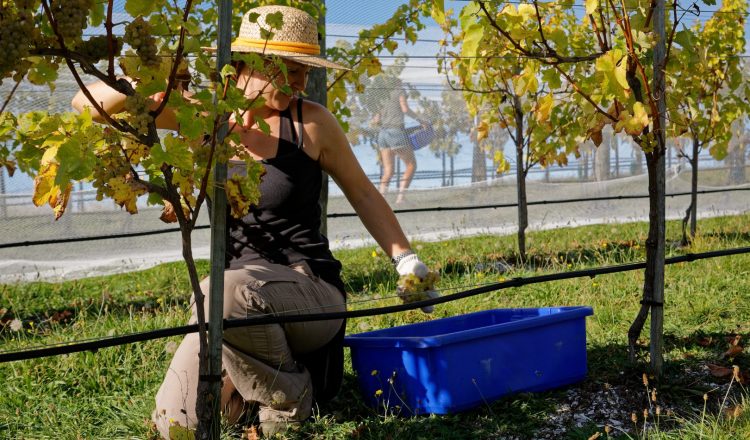Employment Agreements
Getting a job offer is very exciting and it is very tempting to just agree straight away, but here
are some things you need to consider before you except.
Ask important questions
You need to ensure that you have asked the employer:
- Your pay rate
- The date they want you to start
- The date they need your decision by
- Whether there are conditions such as a police check or a trial period
Go through the employment agreement
Every employer needs to provide a written employment agreement to their employees. In this it should state the position description, the pay rate and the hours. Make sure you read through this agreement and check everything is correct and how you expected it to be.
Think about if this job is right for you
Often when we apply for jobs, we just apply to everything we think we might get. However, sometimes once we receive the job offer, we can see clearer about whether this job is actually a right fit. Perhaps in the interview you saw or heard something that put you off or maybe you have reconsidered whether the location is right. Make sure your skills match the job description and that you actually want to work for the company and whether the benefits are adequate for you.
Negotiating your employment agreement
If you feel as though you should be paid more or want to receive some benefit that aren’t included in your agreement, then you should negotiate these before you sign. Don’t try your luck if you don’t truly believe they could change it for you. Approach the situation with professionalism and perhaps test out the waters by asking if there is some room for negotiation on the offer. If it sounds like there could be then go for it.
Resigning from your existing job
Once you have agreed to the new job and signed your contract then you will need to tell your existing job that you are leaving. You might not have to do it straight away if you don’t want to but make sure you are complying with your existing jobs agreement on how much notice you need to give before leaving.

















































